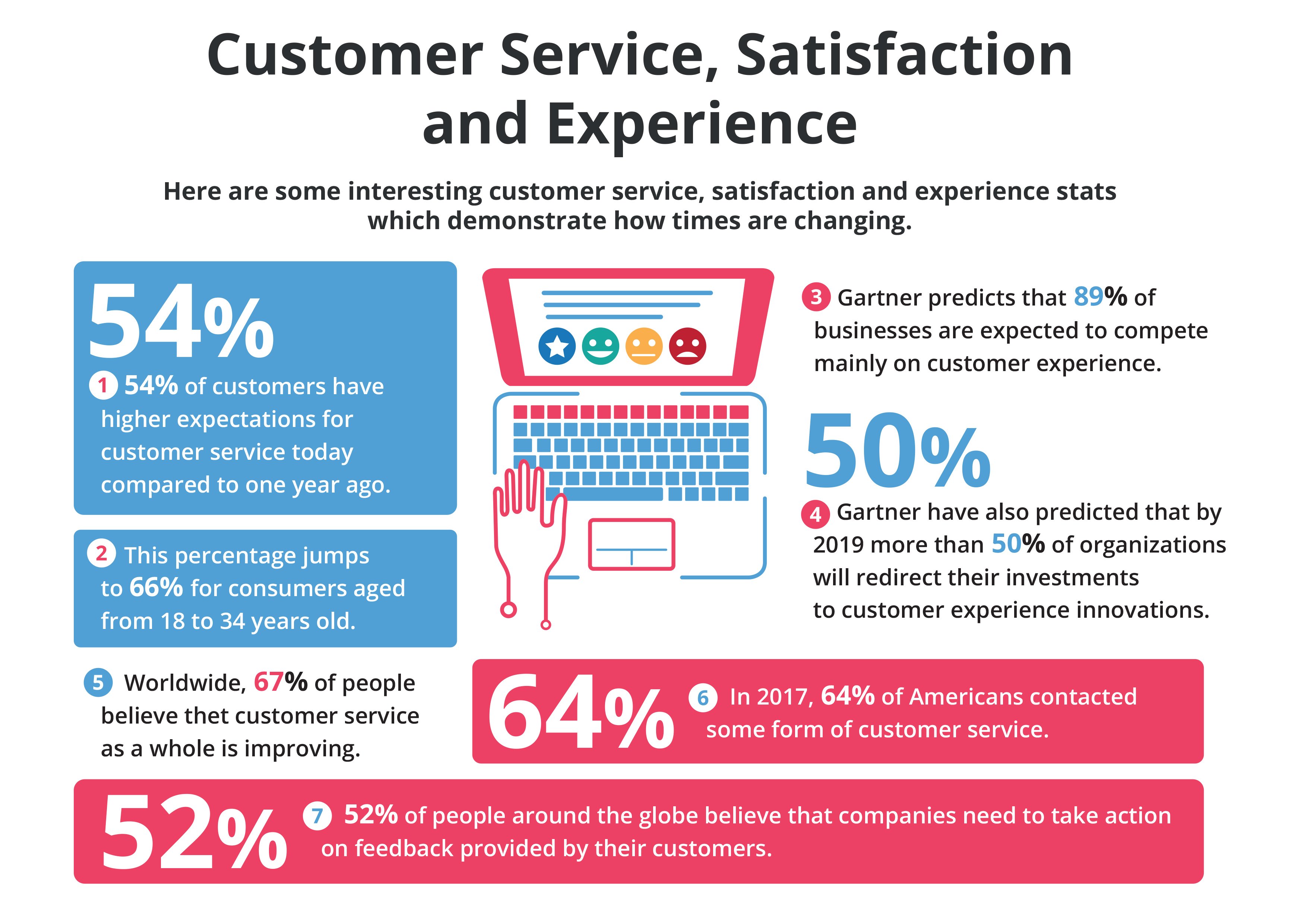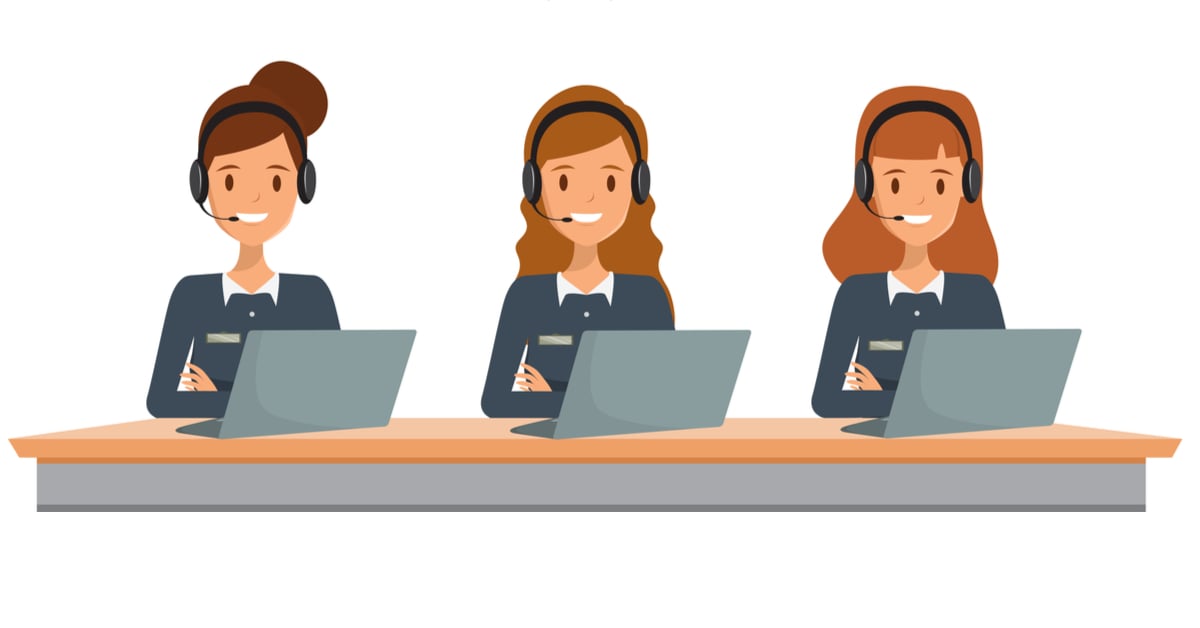Various factors determine call centre productivity, influencing its growth or decline. The online British magazine, Call Centre Helper made a list of problems that can stand in the way of world-class customer service, while suggesting possible solutions. The magazine’s readers are mainly managers of companies working in the sector. In the latest survey taken in 2018, the top three answers to the question “What barriers stop you from running your dream contact centre?” were: budget (80.6%), IT problems (59.1%) and need new technology (53.8%). We’ll see why below.
Investing to increase call centre productivity (even under a tight budget)
One of the most critical points management has to face in running a call centre is a tight budget versus extremely high personnel costs in an industry that is labour-intensive by definition. However, viewing a contact centre as a cost centre rather than an investment opportunity prevents you from focusing on mechanisms for efficiency that can help balance customer demand. As such, the first query must identify the reasons customers ring the call centre so as to determine whether there are alternative ways to give thorough answers with a streamlined workforce. For example, improving self-service, supported by an automatic IVR (Interactive Voice Response) component for telephone calls and by an exhaustive FAQ section on the website, can contribute to reducing excessive flow to the call centre. This results in involving an appropriate number of sales people, perfecting their productivity, and making the contact system efficient overall.

Source: Callcentrehelper.com
Choosing integrated technology that facilitates work
Today’s vast range of available technology in the contact centre market can be a source of confusion. In fact, there are Predictive Dialling and CRM (Customer Relationship Management) software, automatic response and WFM (Workforce Management) applications, just to name a few. This plethora of choices doesn't help clear up any doubts regarding which channels the company needs to focus on and, consequently, which technology is best to implement to that end. Furthermore, overlapping technology, in addition to creating compatibility issues with previous and future technology, puts operators in the position of having to simultaneously deal with a maze of platforms and applications. This certainly doesn’t make their job easier. The solution suggested by the interviewees is, first of all, to determine what you will need in the short and long term. Only after should you choose the technology to support the channels. This choice must also make sure that the new systems integrate with the pre-existing ones. The ideal option would be to choose a consolidated application with a wide range of integrated functions that, therefore, will be easier to use. This will save time and improve customer service.
The Cloud, chatbots, absenteeism, and first contact resolution
The road to integrating contact centre digital tools now goes through Cloud computing. This is where various applications and software can be more quickly harmonised into a single tool. This is especially true at a time where some customer service applications like, for instance, artificial intelligence and chatbots, are made available thanks to the Cloud. We have already discussed how these can affect contact centre productivity. Despite not being included in the British magazine’s list, there is brief mention of topics like absenteeism and poor First Contact Resolution (FCR) rates as triggers for low call centre performance. It has been widely proven that these two issues can be countered by using constantly available virtual assistants. In the first case, because they compensate for operator turnover; in the latter, because they raise the percentage of first contact resolution.




